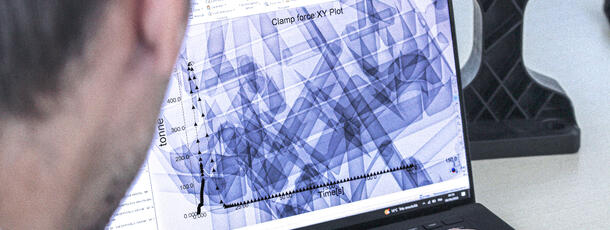Use the form below to select between static and dynamic loadings and then choose the part type. We offer the material model types:
Static loadings
- Elastic models for model analysis / Elasto-Plastic models / Elasto-Plastic models taking into account aging with coolants
Dynamic loadings

